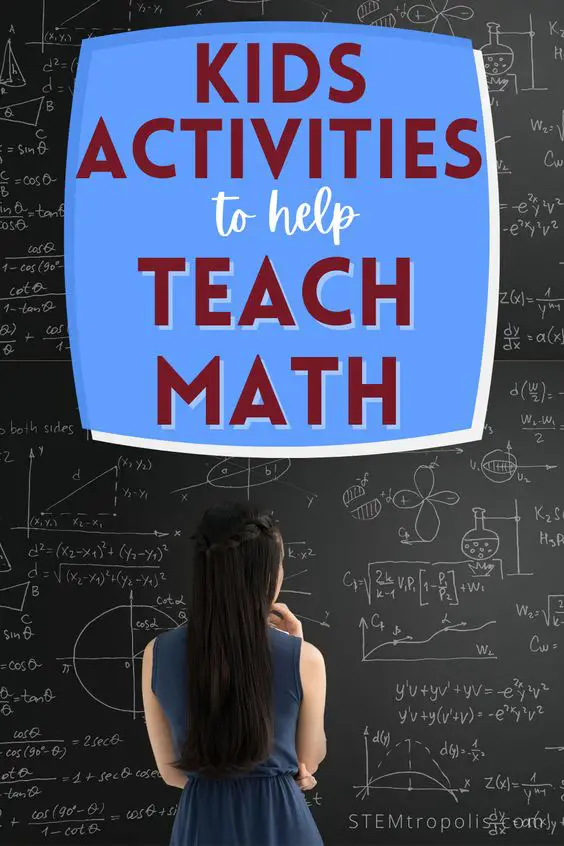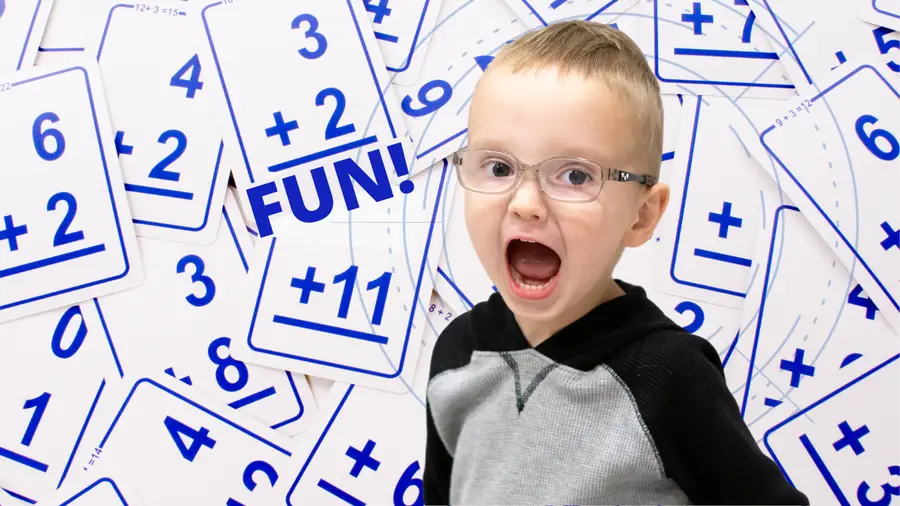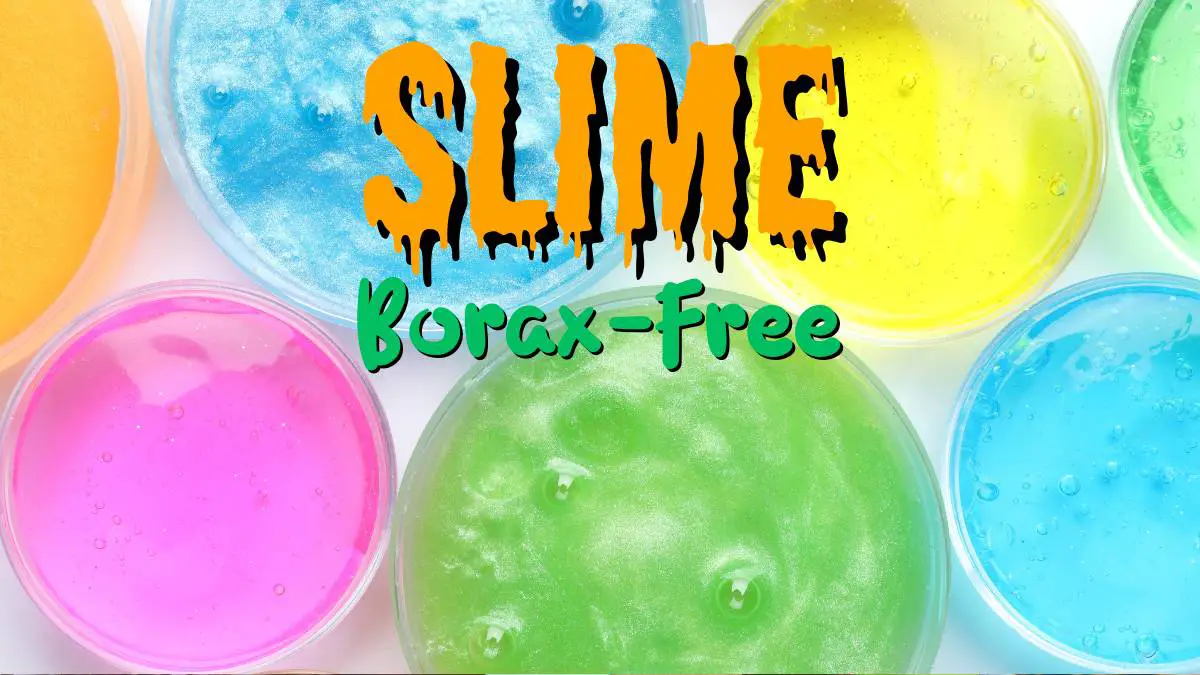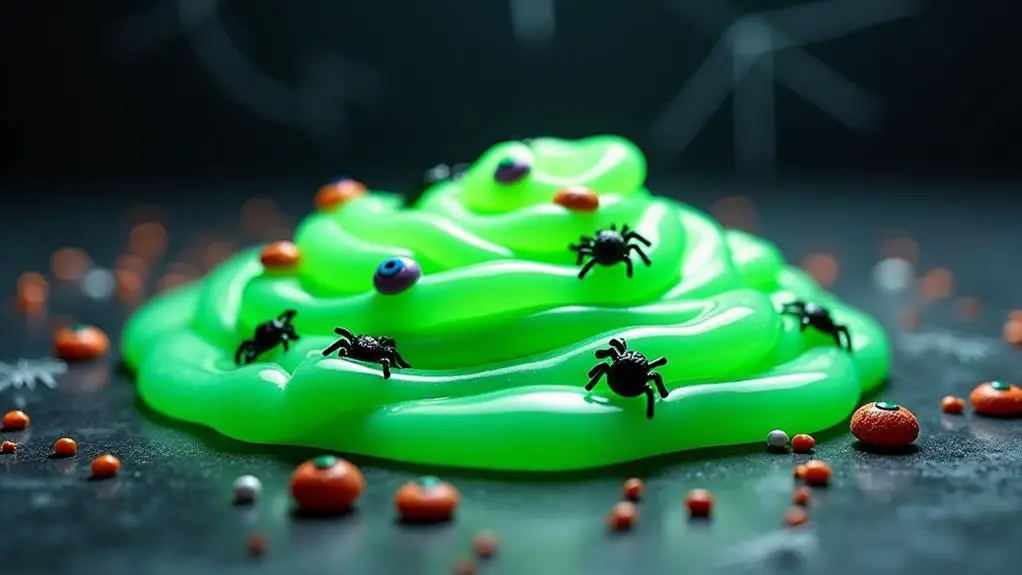Math seems to be one of those “love it or hate it” subjects, and is sometimes a struggle to learn. Some people experience such a high level of math anxiety that they experience actual, physical, pain.
We can avoid the stigmas sometimes associated with math. By skipping the drills and engaging in real world everyday lessons, we can make math fun and more natural. Changing the setting, games, music, stories, and movement can be useful teaching tools to make math fun for kids.
Indeed, our outlook on math can affect how we do. “A positive attitude toward math boosts the brain’s memory center and predicts math performance independent of factors such as a child’s IQ, a Stanford study has found.”
Math can be hard to teach your kids. Sometimes, they’d rather just not. But, there are plenty of ways to spice up your math lessons and make it interesting. In addition to tips we use with our own kids, we polled some teachers and child librarians for their best math methods.
Let’s Explore!
Jump to your favorite way to make math fun:
Explore Rather Than Drill
Make Your Environment Rich in Math
Teach Math Using Real-World Application
Take Math to The Kitchen
Use Technology to Teach Math
Use Board Games to Teach Math
Teach Math by Telling Stories
Make Math Musical
Tear up the Math Worksheets
Make Math Physical With Exercise
Ask Your Kids
*This post contains affiliate links, and we may earn commission from purchases. We only suggest the best. As always, thanks!*
Explore Math Concepts Rather Than Drill
Repetitive drilling is a great way to suck the passion for math out of your child. If your little one isn’t a big fan to begin with, this will only make the situation worse. Sometimes the approach is everything.
It’s a lot better (and far more fun) to explore and discover math instead. Try starting each lesson with a fun math game or present your child with a real life math problem so they can figure out the options. We find it helpful to interject math into everyday tasks or conversations.
For example, opening a pack of fruit snacks or M&Ms can offer a few quick math questions: How many green M&Ms are there? What if you add the number of yellow ones to that number? How many are left if you eat 3 of them? How many more red ones are there than blue ones? How many is half the pack? You get the idea.
Making it seem like a normal activity than a rigid math drill and kids will appreciate the different approach to math.
Make Your Environment Rich in Math
What do we mean by this? Well, you should try to make your home as math-friendly as possible. This can take many different forms and will depend on how far you’re willing to go.
Here are some quick ideas:
- Stick labels everywhere with hundreds charts, number lines, and question cards on them.
- Hang up some math posters.
- Place math questions in hiding spots that they have to complete as they find them throughout the day. Make a math scavenger hunt game!
Teach Math Using Real-World Application
Making math relatable can go a long way. As adults, we use math in everyday life all the time. Whether it’s on a shopping trip, doing our taxes, or anything in between, we’re using basic math. Your child, however, has most likely been learning math through worksheets and won’t see the benefit of learning such skills.
You can change this by allowing them to use their math knowledge in real life. The next time you head to the corner shop or grocery store, ask your little one to count the change or tally up your shopping cart.
Take Math to The Kitchen
Whether you’re homeschooling or just trying to do some educational activities with your kids, you have the unique advantage of putting creativity into every “boring” subject. To help make math more relatable to things we do in daily life, we can move math class to the kitchen.
Consider letting your children into the secrets of creating menus, planning meals, shopping, food budgeting, and following recipes. All of these tasks use a boatload of math — all without your little ones realizing!
Alternatively, you could transform your kitchen/dining room into a restaurant once a week. Your kids can run it and you’d only step in when requested.
You could also have kids help with cooking or meal prep. Our kids love to help bake cookies. They don’t realize they’re learning fractions and measurements as they’re mixing the ingredients. I’ll ask my son questions like, “If the cookies need to bake for 10 minutes and we put them in the oven 7 minutes ago, how long until the cookies are ready?” He’s more than happy to calculate for cookies.
Math isn’t just in food prep and cooking. It’s also in eating! Check out our post on Math Activities post to see how to teach fractions with pizza! Time for a pizza party!
Related Post: Find some fun edible projects in our post on how to make cooking a STEM activity
Use Technology to Teach Math
No, we’re not suggesting that you stick your little ones in front of a screen all day. However, technology can be your best friend when it comes to teaching mathematical concepts.
Whether you use AoPS, Khan Academy, or something else entirely, there are thousands upon thousands of math resources and websites online. The learning opportunities these days are truly limitless. Not to mention that they can help a lot when your kids get older and start tackling “scary” subjects like algebra!
Use Board Games to Teach Math
Over the years, more companies have been producing math games. Just because something is advertised as a math game doesn’t necessarily make it good (or fun!) However, some of them will spark joy and excitement in your kids while they learn math.
We can’t tell you exactly which ones to go for. Everyone’s taste in games is a bit different, and you may want to try a few out to find what works best for your child (and you!)
Card Games like Uno can help small kids to recognize numbers, counting cards, and developing a bit of strategy to boot. Classic board games like Chutes and Ladders (or Snakes and Ladders)are great to get some counting in (especially when you have very young children). Monopoly is another classic that gets kids counting money, and also introduces some economic and business concepts. Yahtzee (or any game that involves rolling multiple dice) can get kids adding and practicing some basic math skills. Tallying scores and points also reinforces some math skills. Tabletop ropleplay games are also full of math. Dungeons and Dragons is the one everybody things of, though there are tabletop games for a variety of interests.
Related Posts: Educational Board Games for Kids and Learning Math from Dungeons & Dragons
While on the topic of using games to teach math, a bit of friendly competition can provide an incentive to learn. Whether it’s playing against friends, siblings, classmates, or kids vs parents, everyone likes to win!
Teach Math by Telling Stories
Putting math into a story ensures that your kids will find it as easy as possible to understand and remember. You could do this in the form of simple word problems or make it more interesting by introducing straight addition, subtraction, division, and multiplication questions into your story.
There are also some great storybooks and picture books geared toward math. Some kids relate better to books and stories, and will absorb math concepts better this way than through a math lesson.
Related Post: Math Books for Preschoolers
We suggest you make the stories up as you go along. If in doubt, let the child be your guide; they’re usually capable of inventing stories themselves – you just need to guide the narrative and weave the math into it. But, if that’s not your strong point, purchase some math-based storybooks to refer to.
Make Math Musical
For another approach, you can teach math topics through music and songs. Though we may not think of math when listening to music, it’s there. We feel the rhythm, and there is math behind the fractions and divisions of the beat. Math is in the tempo and time signatures. Math is in the frequency and pitch of the individual notes, and can help explain why some notes and chord combinations are more pleasing than others.
Relate Post: How does Music fit in with STEM
Or, you can ditch all the theory and just enjoy. There are plenty of counting songs that are fun and engaging for kids. The music can help make the lessons more memorable and kids can sing the lessons along with the tune.
If you want to use music and make math relatable, check out our Taylor Swift Math Activities!
Tear up the Math Worksheets
There’s nothing worse than seeing hundreds of math questions printed on a standard worksheet page. Nothing says, “get me out of here” quicker than worksheet time.
The quickest way to solve this is to rip it up. Yes, you heard us. Tear up the page into individual math problems. There is something decadent and satisfying about ripping up a math worksheet, and kids will enjoy that taboo factor.
When you’re finished ripping (or cutting, for that matter) you should be left with one question per bit of paper. Place them all into a bowl or a hat and let your kid fish them out. This way, your child can fully focus on one question at a time.
Make Math Physical with Exercise
You can go on a scavenger hunt walk. Our son likes to walk around the neighborhood with a small pad of paper, and check off how many stop signs, dogs, people outside, planes flying overhead, cars passing by, etc. It makes a nice counting exercise while getting some physical exercise. We can get some addition or subtraction by asking some simple questions about the data he just collected: “How many more cars did we see than stop signs?”
If it’s too cold to get outside, conducting a math scavenger hunt indoors is a great way to learn while getting some math on the move (or finding some lost items under or behind the couch!) Having simple searches like “find 7 circles” or “how many chairs are in the house” are easy and fun to do.
Jumping rope is a great physical activity to incorporate counting. Juggling is another way to make counting more physical (and challenging.)
Ask Your Kids
If all else fails, ask your children! Nobody knows them better than they know themselves. So, sit your kids down and ask how they’d like to learn math. You may get some insight into how your child learns, and that goes a long way towards presenting them with challenges that are appealing to them.
Related Post: How to Overcome Math Anxiety
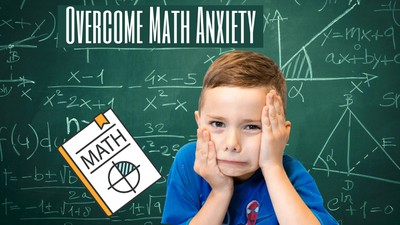
Need some extra math practice? We’ve got some fun themed math worksheets in our printables shop. Check out the holiday themed worksheets, or grab some fun characters like dinosaurs or astronauts!
Wrap Up – Make Math Fun for Kids
Math can be a challenging subject, not only for kids, but for parents and teachers as well. By adding some simple ideas like hands on activities, real life examples, music, exercise, you can ease the learning process. Bringing math into everyday conversations and situations make it feel more natural and less like a drill. We’ve shared some of our favorites. Let us know what works best for you!
For more inspiration, check out how to make STEM fun, and some specific ideas on making science fun.
